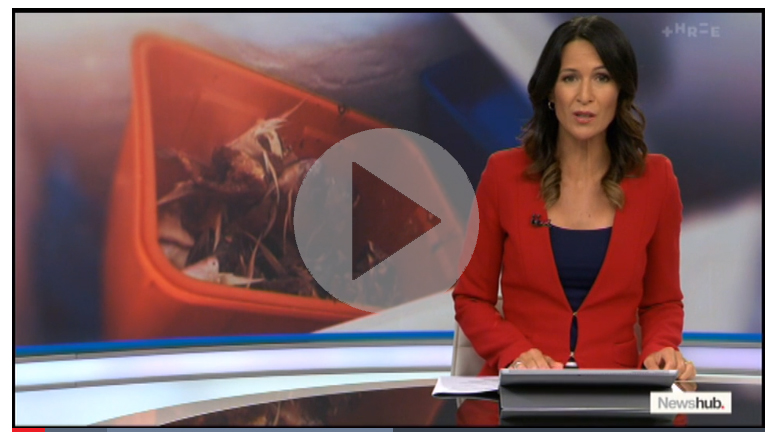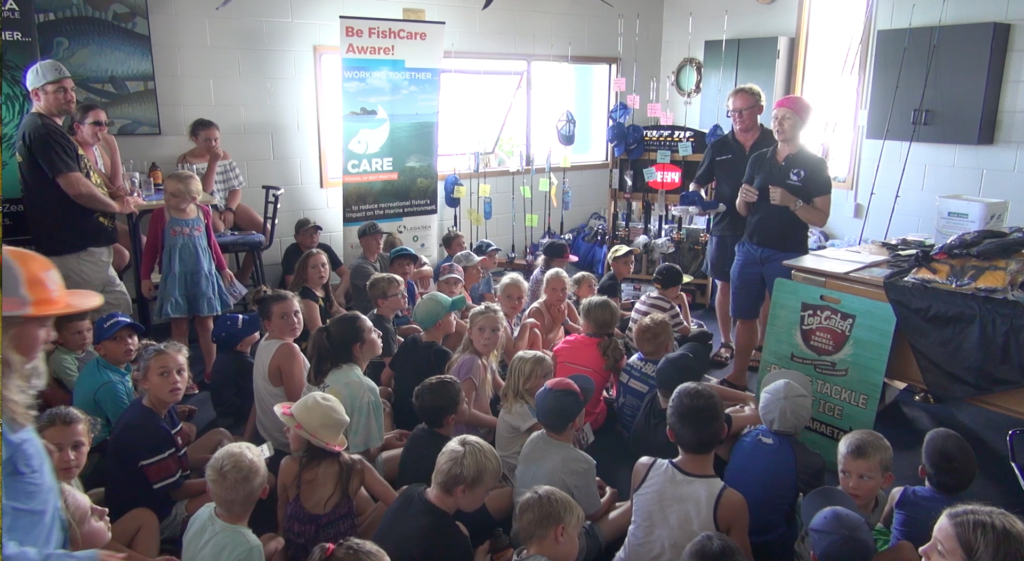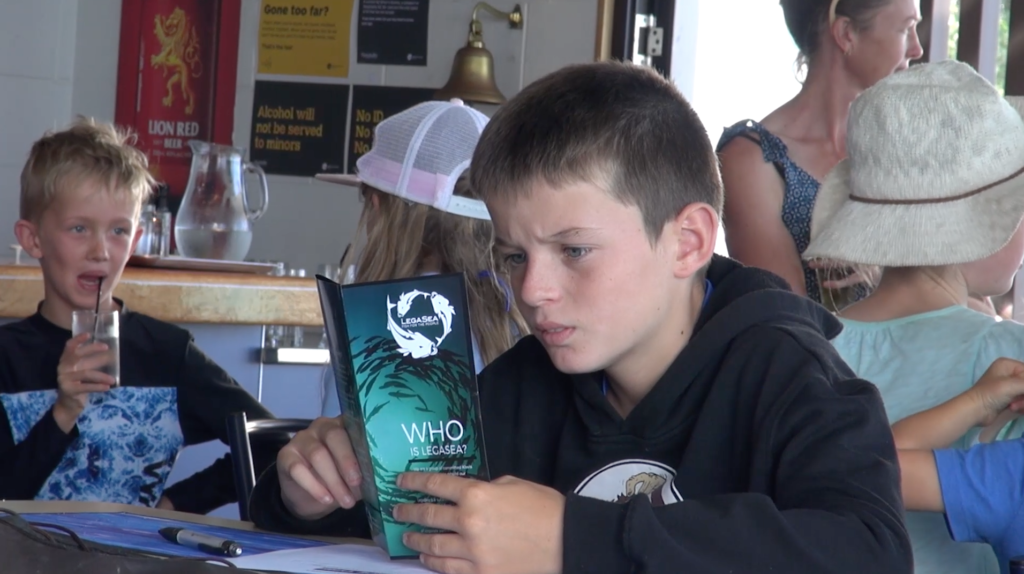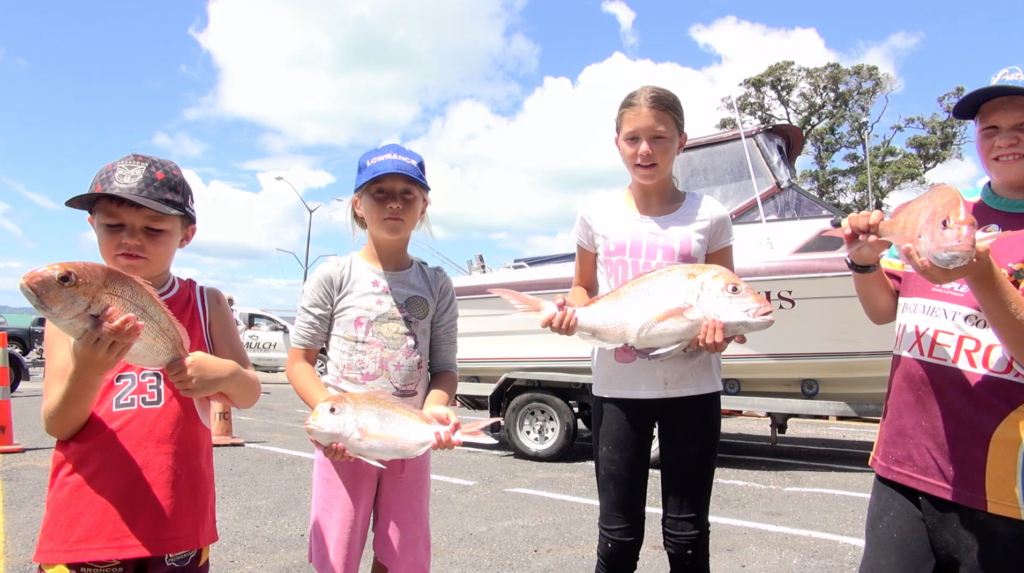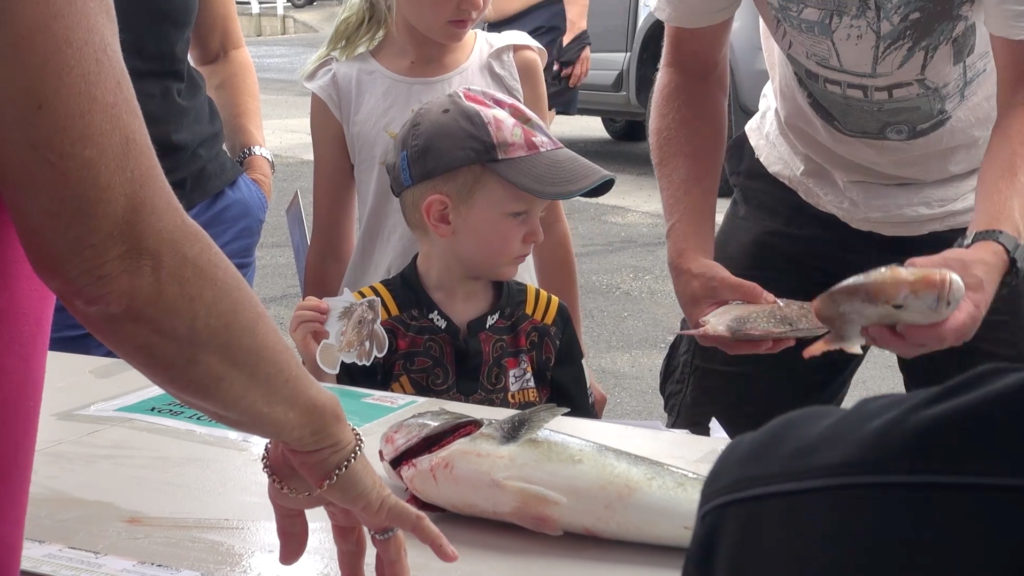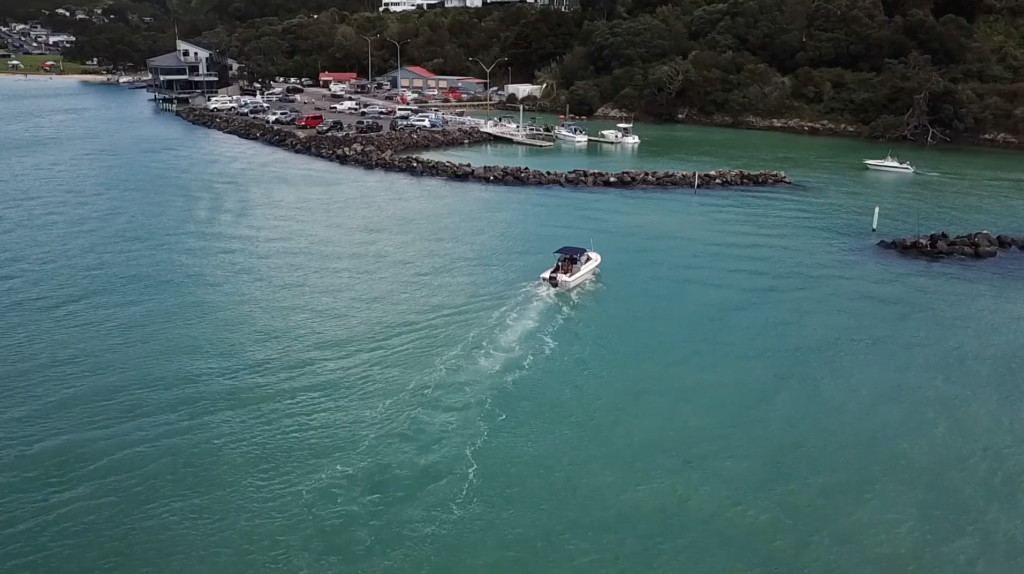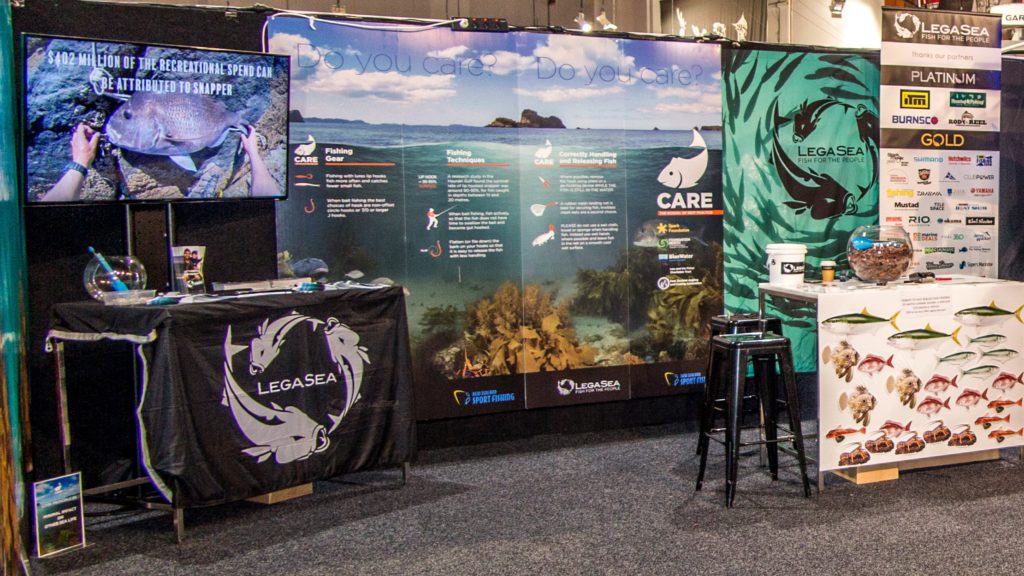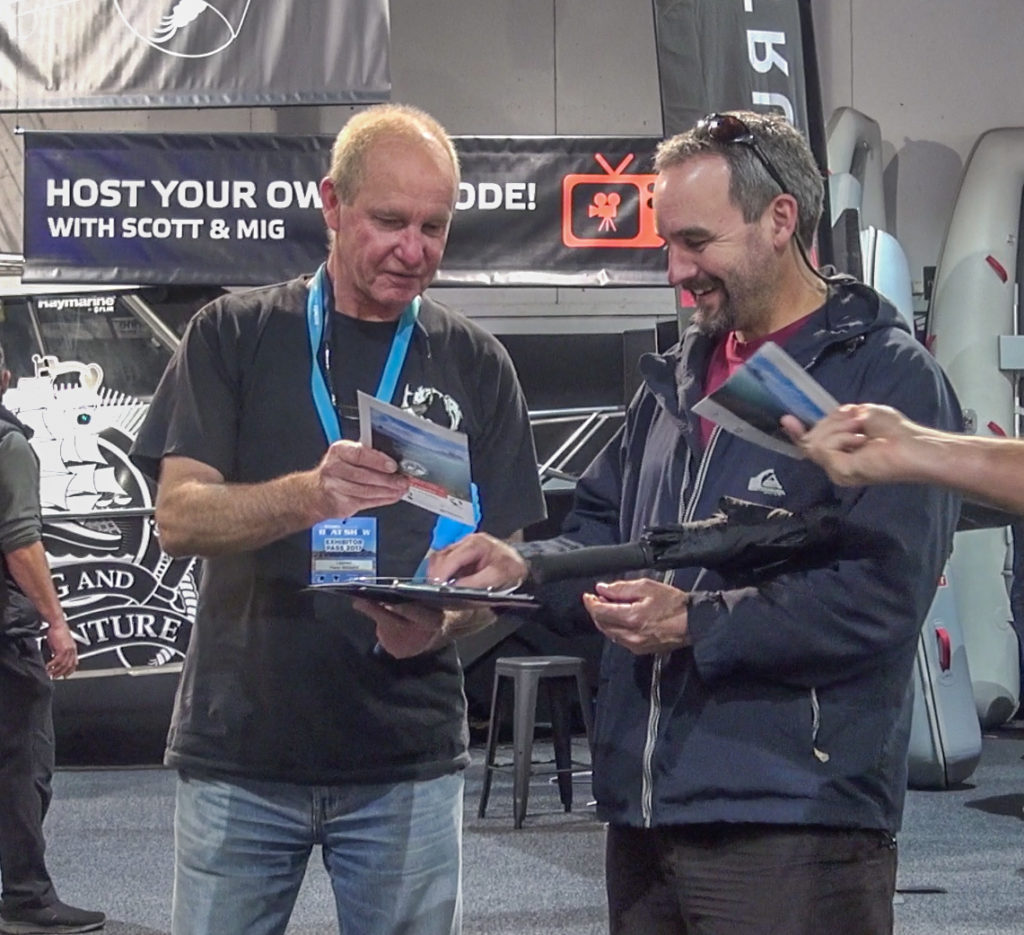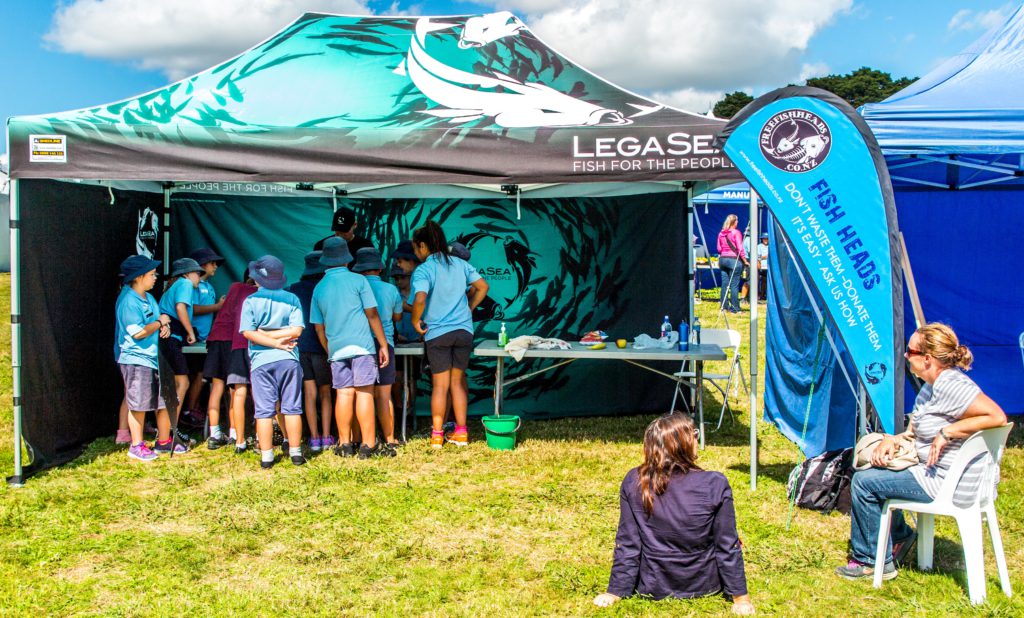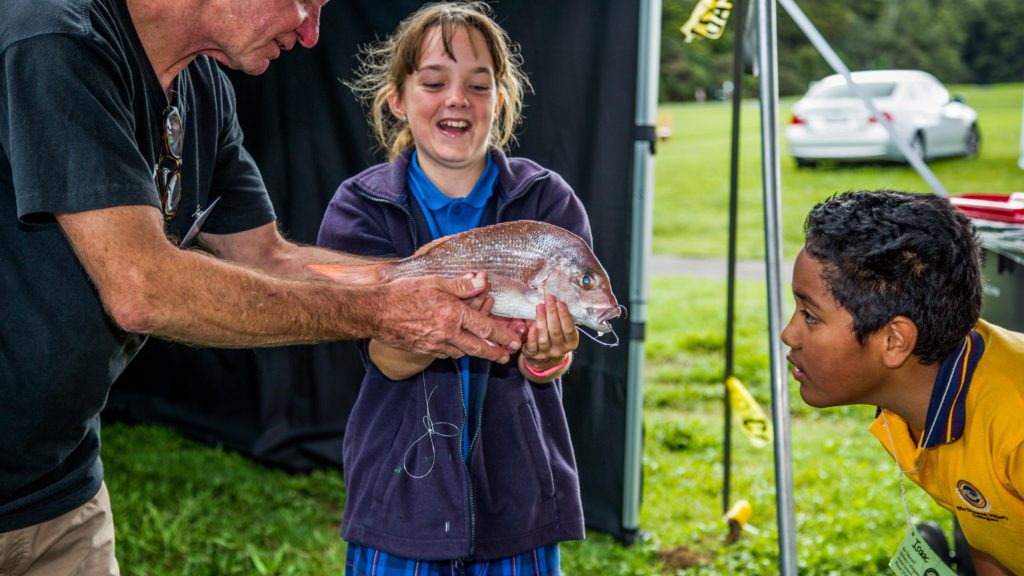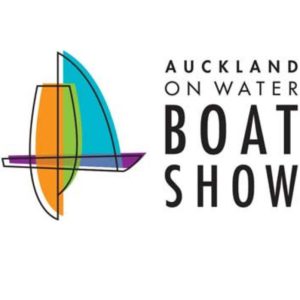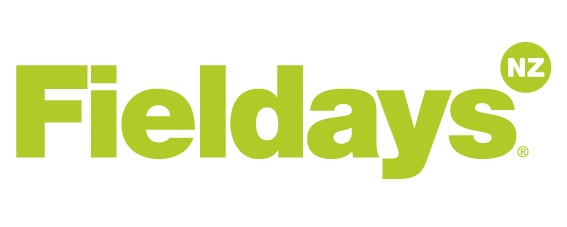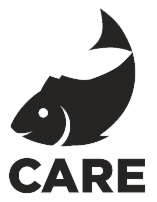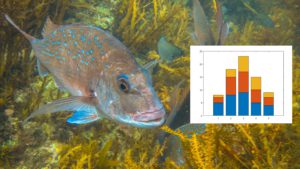
FishCare poll on recreational fishing habits at snapper spawning time
Thank you to all who took part in the LegaSea poll on fisher’s habits at snapper spawning time. We had a good response with lots of enthusiastic comments on the post as well. It’s easy to see that snapper are a favourite amongst fishers.
Snapper conservation is an important topic. While there are legal bag limits and size restrictions in place for recreational fishers, there are also a range of voluntary and cultural practices that individuals employ to play their part in helping conserve snapper stocks. Some individuals will release any healthy, large snapper and some will limit their kill and not kill their limit.
One area of snapper conservation that is often discussed and debated are fishing practices at spawning time. LegaSea’s informal poll was produced to see if and how you and other fishers changed their practices at spawning time.
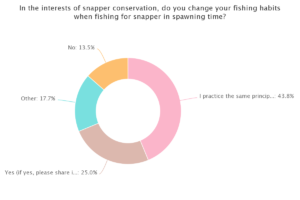
Facebook Poll Results
25% said they change how they fish and were asked in what way
13.5 % said they didn’t change their fishing practices
43.8 % said they practice the same conservation principles all year round
17.7% said ‘Other’ and offered an explanation
With only 13% saying they didn’t change anything, the other 87% indicated they practiced some kind of snapper conservation, whether it was in spawning season, not in spawning season or other. It is heartening to see such strong awareness and willingness amongst fishers to play a part in helping conserve snapper stocks.
Our poll generated a lot of commentary around the value of a closed season at spawning time, with some supporting blanket restrictions across the board on taking snapper at this time of year.
While LegaSea applauds the courage to do something brave in the name of snapper conservation, such a restriction would require some solid evidence that a closure would increase spawning success and not just reduce access to the fishery when snapper are easiest to catch. Snapper spawning seasons vary, but can run from October to February. Apart from recreational fishers, it would have a serious economic effect on charter operators who depend on snapper for their business and many other operators in the recreational fishing industry.
Many questions arise around this topic and all have merit, for example:
- Would a snapper seasonal closure policy yield the desired conservation results and justify the resource to police and enforce?
- Would people still fish for other species and have to release all snapper, regardless of their condition?
- Would other practices such as slot rules, lower seasonal bag limits, or a widespread education programme on conservation techniques do more to rebuild stocks for the resource expended?
Individuals following their convictions on conservation shows a love and care for the fishery. Passionate fishers holding a conviction or position is understandable, but before insisting that all fishers follow the same practice there needs to be proof that it is an appropriate way for all of us to behave – whether it is by law or part of our fishing culture. LegaSea has drafted a document on the snapper spawning issue as the practices we promote need to be guided by research.
We will be posting our position soon on social media, if you wish to read it now, here is the link: https://fishcare.co.nz/why-do-we-fish-in-spawning-season/
You can view the original poll/post on Facebook here – https://bit.ly/2OBpEMI
We welcome your feedback and any research that can contribute to this conversation. fishcare@legasea.co.nz.

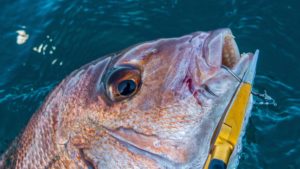
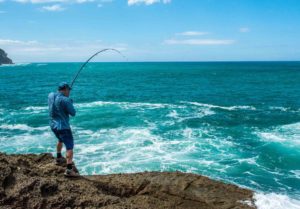 If pressure is kept on the fish when being retrieved or played, it is difficult for the fish to throw the hook but a quick reversal of the hook with a pair of pliers quickly releases the fish. When fishing with larger hooks, sometimes pliers aren’t necessary and the unhooking can be done using your fingers. This can be done while the fish is in the water which also makes it safer for the fish. When fish are brought aboard, there’s the risk of it dropping and flapping all over the place or getting burnt on a hot aluminium tread plate floor.
If pressure is kept on the fish when being retrieved or played, it is difficult for the fish to throw the hook but a quick reversal of the hook with a pair of pliers quickly releases the fish. When fishing with larger hooks, sometimes pliers aren’t necessary and the unhooking can be done using your fingers. This can be done while the fish is in the water which also makes it safer for the fish. When fish are brought aboard, there’s the risk of it dropping and flapping all over the place or getting burnt on a hot aluminium tread plate floor.

